Explore the different types of peccaries found in Costa Rica, as well as their importance in the local ecosystem, habitats, behavior, and social structure.
GVI
Posted: May 10, 2023

Petrina Darrah
Posted: October 5, 2022
5 min read
You don’t have to be a scientist to participate in environmental science – with citizen science, everyone can contribute to valuable research.
Technology has made it easier than ever to take part in processing and analysing data on our natural world. Regular people and professional researchers around the globe can now collaborate using online tools. Citizen science means that even if you’re just one person, your contribution means something.
Here is why citizen science is important and how you can contribute to data collection projects.
Citizen science happens when the non-scientific community gets involved with the collection and analysis of data. It is typically a collaboration between the general public and professional scientists which draws on people’s observations of the natural world. For example, citizen science could include reports of comet and meteor sightings, recordings of bird sightings in urban landscapes, or observations of seasonal variations in trees in different landscapes.
Although citizen science has become more widely acknowledged in recent years, aided by new technologies, it has been around since people tracked the movements of crop-destroying locusts in China 2000 years ago. Throughout the twentieth century, bird counts were a popular form of citizen science programs. Today app-based data collection has made the process of capturing and processing data even more accessible.
Citizen science is a great way for people without a scientific background to get engaged with conservation initiatives and learn more about the natural world. It also provides a valuable resource to the scientific community, helping to provide much larger datasets than scientists alone would be able to capture.
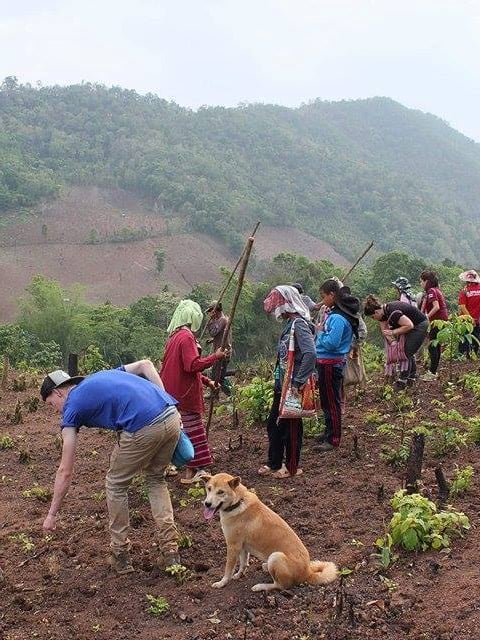
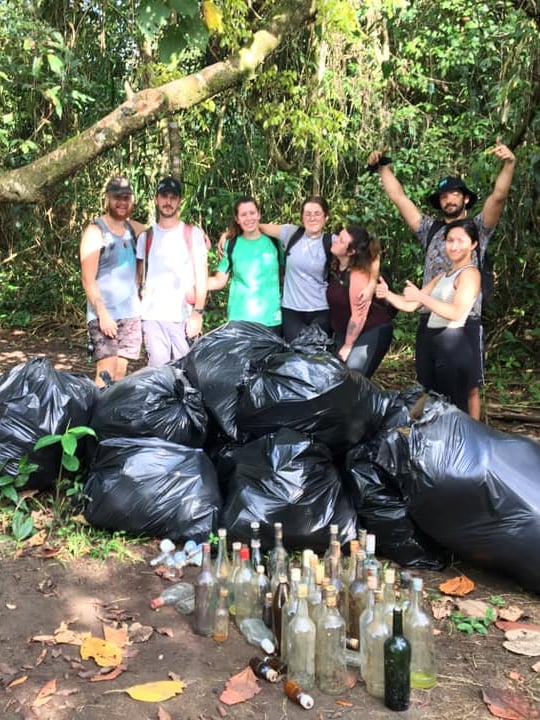
Websites and apps mean anyone, anywhere, can contribute.
The creation of apps and websites has helped both collecting and accessing data.
iNaturalist, a joint initiative between the California Academy of Sciences and the National Geographic Society, is a network of citizen scientists and biologists designed to map and share biodiversity observations from around the world. GVI uses iNaturalist to record specific encounters with terrestrial life, along with details such as animal tracks, nests, or scat. It’s a powerful database – through this citizen science app, more than 115 million plant, animal, and fungi observations have been recorded worldwide. The data has been used in many scientific projects, for example in 2015 to show that the territory of the Hopkin’s rose nudibranch – a type of sea slug – is moving northward.
Another online database, eBird, captures the bird observations of scientists, researchers, and amateur naturalists. People can contribute data and also see how often certain birds have been seen in certain places.

Citizen science databases are also helping to build a clearer picture of marine debris, the threats it poses to oceans, and potential solutions. GVI contributes to beach clean ups and relevant databases. Our volunteers record information about marine debris in PADI Dive Against Debris, the largest underwater citizen science database which records reports of marine debris. and the NOAA Marine Debris Program, which empowers communities to take action against marine debris.
Several of GVI’s projects at bases around the world give volunteers the chance to contribute to citizen science data collection projects.
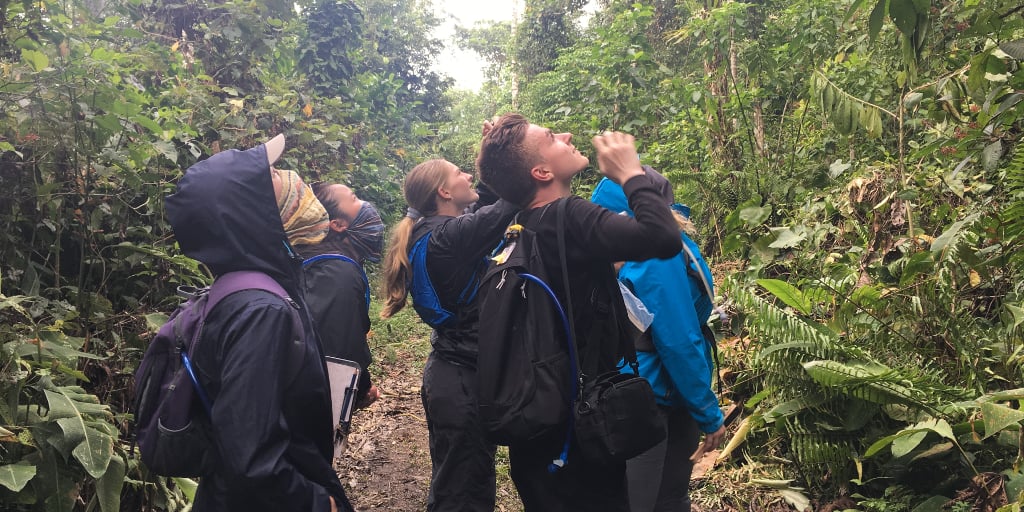
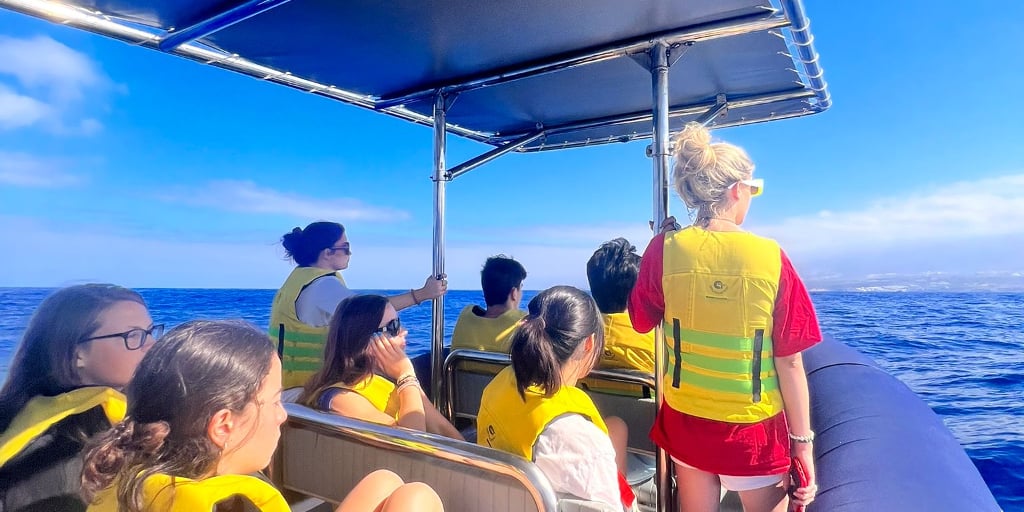
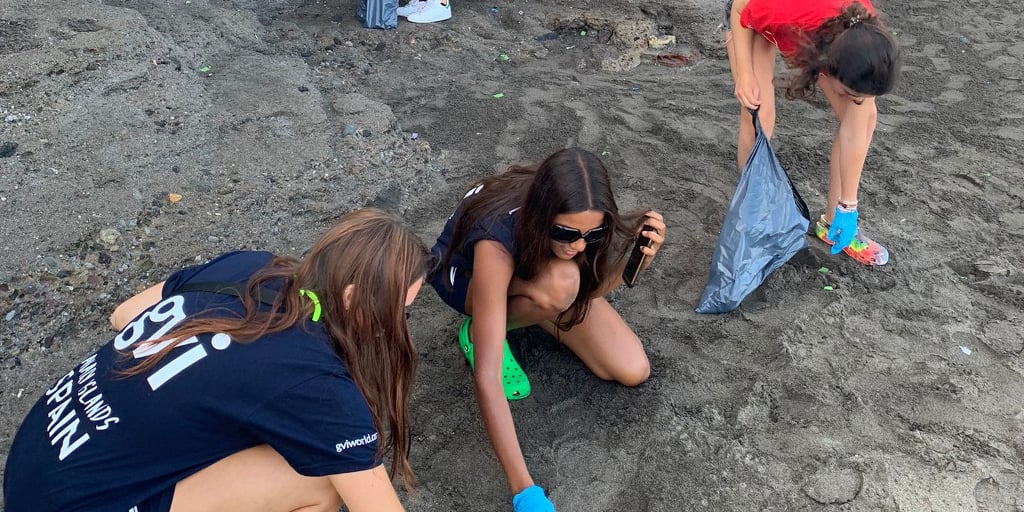
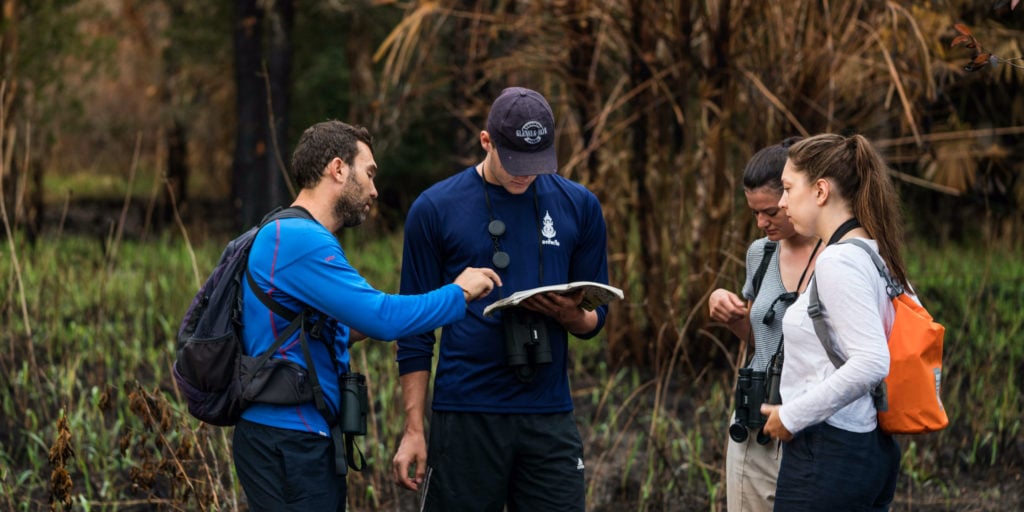
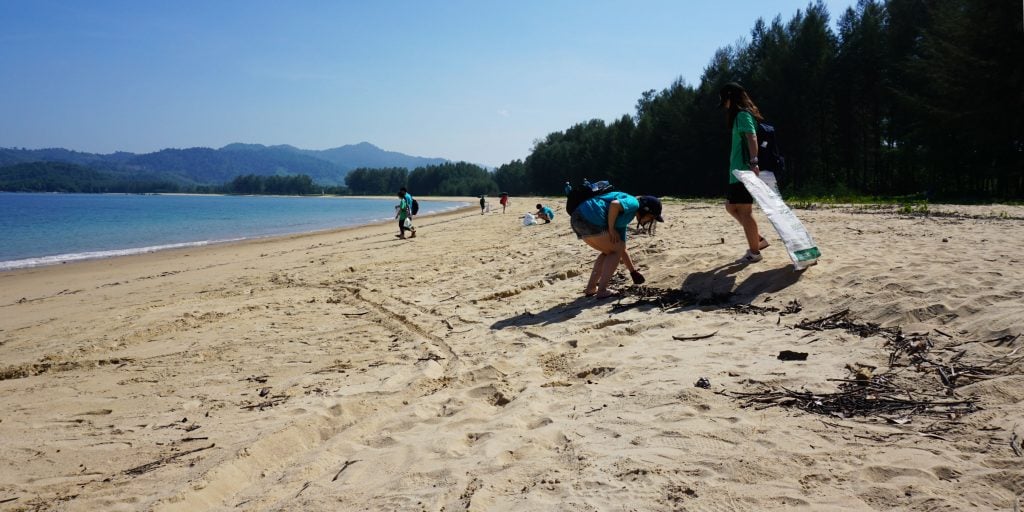
In the lush coastal region of Phang Nga in Thailand, volunteers can contribute to bird conservation projects by conducting tropical island biodiversity surveys. The diversity of Phang Nga’s rich habitat means there are many endemic species that can be spotted, with sightings recorded in eBird. You could learn to identify birds, plants and animals while contributing to important environmental conservation in collaboration with scientists, local communities and other volunteers.
On the Canary Island of Tenerife, you can join a citizen science volunteer program to contribute to marine conservation. You can work alongside marine biologists and local partners to support conservation efforts tackling threats to marine mammals.
Part of your role as a volunteer will be to spend time on a boat observing dolphins and whales. You’ll help to collect important data by taking photos and recording their behaviours, numbers, and location. This data is inputted into databases that help to fill gaps in researchers’ knowledge about cetaceans in the area.
You can also help to clean up beaches and assess the marine debris you collect. The information you gather can help local organisations make policy decisions around the challenge of marine debris. The data can answer questions about the size of the problem, how it is changing over time, and identifying which types of debris are most common.
In Costa Rica, you could experience life on the edge of Cahuita National Park, an area known for its dense rainforest, secluded beaches and spectacular coral reef system. The coast here is a nesting ground for green, hawksbill and leatherback sea turtles, and jaguars, pumas, and ocelots roam the jungle. You might even spot sloths inching through the forest canopy.
Volunteers on citizen science programs in Cahuita have exclusive access to a research and conservation area.
You’ll gain incredible knowledge of this biodiversity hotspot through first-hand experience of surveys, setting camera traps, collecting data, and learning research techniques. The data you collect during the program will be used to identify critical habitats for many of the species living in Cahuita National Park, helping to support targeted conservation and management, and prioritising research and monitoring efforts that contribute to the protection of wildlife.
You could choose to focus on preserving bird species in the region. This would see you collecting data that could help reveal the migratory patterns of bird species within Costa Rica and shed light on the health of the National Park. Or, you could join a wildlife expedition program for the chance to hike through the jungle to check camera traps for signs of jaguars, walk beaches looking for evidence of sea turtles, and travel down rainforest canals spotting aquatic bird species.
Find out how you can contribute to important data collection projects with GVI. Explore our planet-focused volunteer programs today.
By Petrina Darrah
Explore the different types of peccaries found in Costa Rica, as well as their importance in the local ecosystem, habitats, behavior, and social structure.
GVI
Posted: May 10, 2023